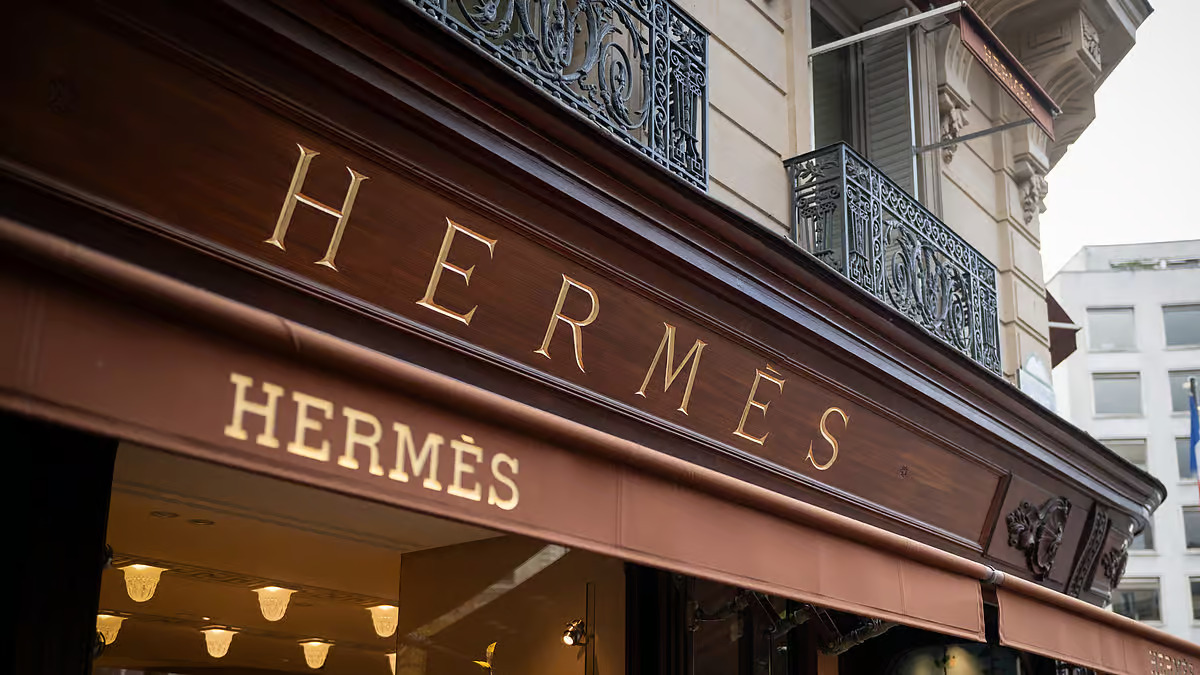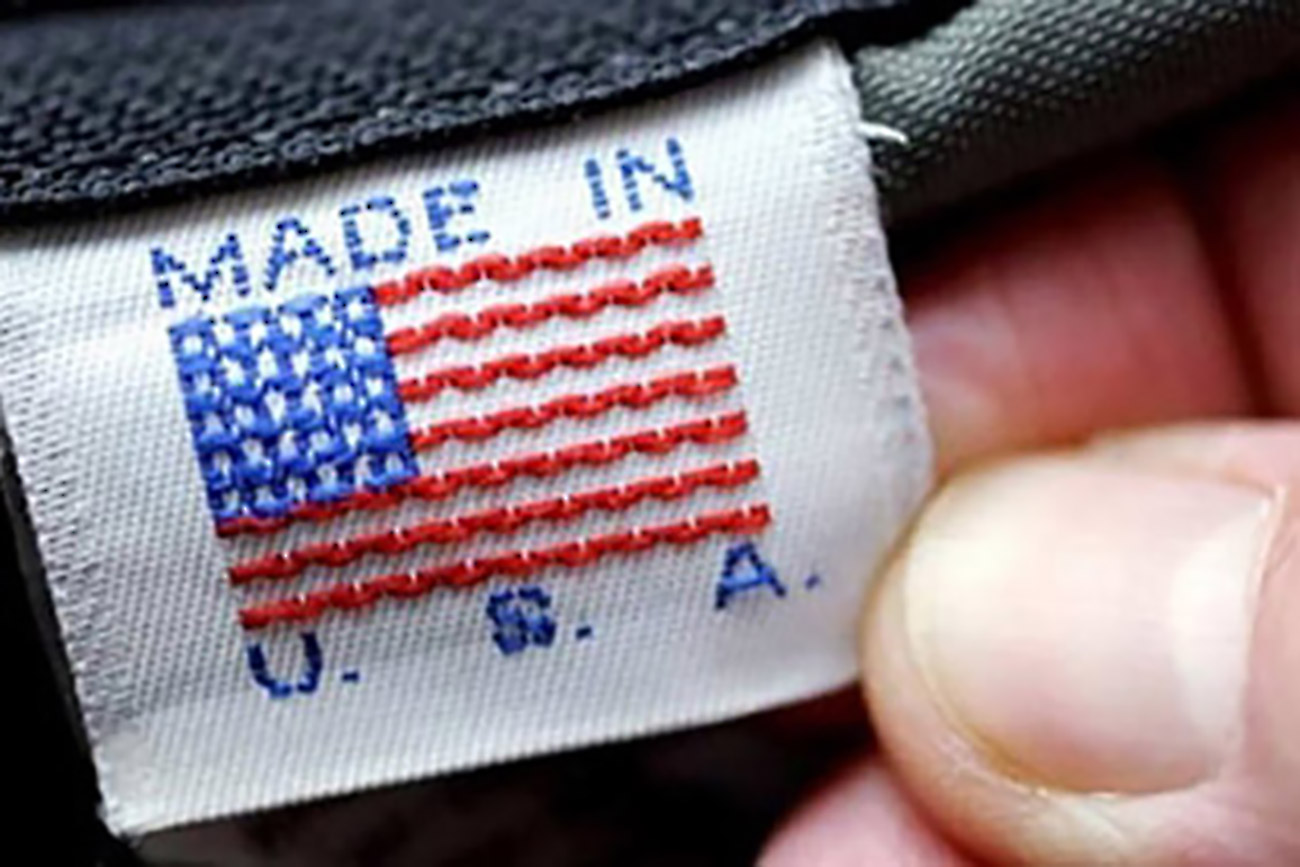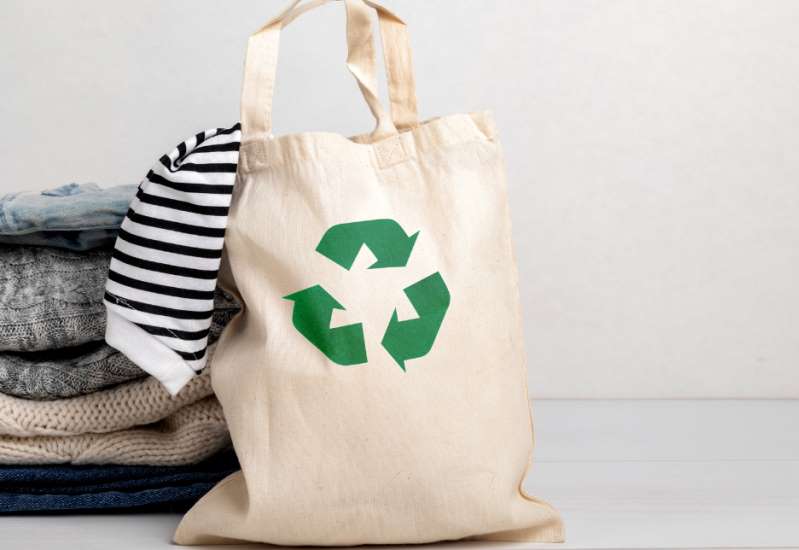
The assertion that Americans in 2023 spent less than 3 per cent of their annual income on clothing, a significant drop from the 14 per cent seen in the first half of the 20th century, highlights a fundamental shift in consumer expenditure and behavior.
Why the dip in apparel expenditure
There are several reasons for falling household spending on clothing.
The falling cost of apparel: The most significant driver is the decrease in the relative cost of clothing. Tech advancements in textile production, globalization of supply chains, and the rise of mass manufacturing, particularly fast fashion, have made apparel significantly more affordable. As the Bureau of Labor Statistics notes, while overall prices have increased substantially since the early 20th century, apparel prices have risen at a comparatively slower rate.
Rise of fast fashion: The fast fashion business model, characterized by rapid production cycles and trendy, low-priced garments, has fundamentally altered consumption patterns. Consumers can now purchase a greater volume of clothing for a fraction of the cost compared to previous generations. This accessibility leads to frequent purchases but lower overall expenditure as a percentage of income. McKinsey reports that fast fashion retailers like Shein and Temu are now primary online fashion marketplaces in the US.
Shifting consumer priorities: Consumer spending patterns have evolved, with a larger share of the budget now allocated to other categories such as technology, travel, entertainment, and experiences. As costs have fallen, this has resulted in apparel and services accounting for just 2.6 per cent of the total average annual expenditure of $77,280 for US consumer units in 2023, as detailed in the Consumer Expenditures Survey by the U.S. Bureau of Labor Statistics. This figure underscores the shift when compared to the early 20th century. The table below provides a broader view of how apparel spending fits within the overall consumer expenditure landscape in 2023:
Table: Consumer Expenditures Survey, 2023, by the U.S. Bureau of Labor Statistics
|
Expenditure Category |
Average Annual Expenditure |
Percentage of Total Expenditure |
|
Total Expenditures |
$77,280 |
100.00% |
|
Housing |
25,498 |
32.90% |
|
Transportation |
13,148 |
17.00% |
|
Food |
9,986 |
12.90% |
|
Personal Insurance and Pensions |
9,597 |
12.40% |
|
Healthcare |
6,192 |
8.00% |
|
Entertainment |
3,635 |
4.70% |
|
Apparel and Services |
$2,041 |
2.60% |
|
Cash Contributions |
2,394 |
3.10% |
|
Education |
1,627 |
2.10% |
|
Alcoholic Beverages |
597 |
0.80% |
|
Tobacco Products and Smoking Supplies |
214 |
0.30% |
|
Personal Care Products and Services |
950 |
1.20% |
|
Reading and Educational Materials |
134 |
0.20% |
|
Miscellaneous |
1,267 |
1.60% |
This data highlights while apparel is a necessary expenditure, it now constitutes a relatively small portion of the total household budget compared to essential categories like housing, transportation, and food. This reinforces the idea that the declining percentage of income spent on clothing is not just due to lower costs, but also a reflection of evolving spending priorities
Increased durability and versatility: While fast fashion emphasizes trendiness over longevity, there's also a growing segment of consumers prioritizing durable and versatile clothing items. Investing in higher-quality, timeless pieces can reduce the need for frequent replacements, thus lowering overall expenditure over time.
Growth of the second-hand market: The growing resale market for apparel, led to by sustainability concerns and the desire for unique or discounted items is also impacting new clothing sales. Platforms like Poshmark and ThredUp are gaining popularity, offering consumers an alternative to purchasing new apparel and redirecting spending within the fashion ecosystem. By 2028, the US secondhand market is expected to be worth $73 billion.
Impact of online retail: E-commerce has revolutionized how consumers shop for clothing. The convenience and competitive pricing offered by online retailers have intensified price competition and potentially lowered the average transaction value for apparel. While online apparel sales have grown, the ease of comparison shopping can lead consumers to seek out the best deals, thus impacting overall spending. In 2023, apparel online sales and increased, a significant portion of total sales.
Changing consumer behavior
The decline in apparel expenditure reflects several shifts in how consumers approach fashion. While fast fashion encourages frequent purchases, a counter-trend emphasizes quality, durability, and sustainability. Consumers are increasingly conscious of the environmental and social impact of their clothing choices and are willing to invest in fewer, better-made items.
Millennials and Gen Z, in particular, are prioritizing spending on experiences like travel, dining, and entertainment over material possessions, including clothing. While consumers, especially younger generations, engage in online fashion browsing for inspiration, actual spending can be more need-based due to economic pressures and a focus on value. In the first quarter of 2025, a significant percentage of consumers planned to cut back spending on discretionary categories like apparel.
Also, post-pandemic lifestyle changes have led to sustained demand for comfort-based clothing like loungewear and activewear, which may have different price points and replacement cycles compared to more formal attire. With rising costs in essential categories like food and utilities, consumers are more price-conscious when it comes to discretionary spending, including apparel. Many are engaging in "trade-down" behavior, opting for lower-priced brands or delaying purchases.
Future outlook
The future of apparel expenditure in the US is likely to be shaped by a continuation of current trends, with some potential nuances. For example, e-commerce will remain a dominant channel for apparel purchases, and the second-hand market will see further growth as sustainability concerns grow and consumers seek more affordable options. Demand for sustainable and ethically produced clothing is expected to increase, potentially influencing pricing and consumer choices. Brands that prioritize transparency and eco-friendly practices may gain a competitive edge.
Fluctuations in the economy, inflation rates, and consumer confidence will continue to play a significant role in discretionary spending on apparel. Recent data from early 2025 indicates a slowdown in clothing and accessories spending, reflecting broader economic caution. Tech advancements will enhance the online shopping experience and potentially influence spending patterns. And the traditional fashion calendar will become less relevant, with a greater emphasis on seasonless and versatile collections that cater to year-round needs.











